今天为大家分享2014年中国大陆287个主要城市(地级市及以上)超过70万条的“街道步行指数”GIS文件。步行指数从0到100不等,其中100表示最高的街道步行能力。数据中有11个属性可用,包括街道步行指数(WS)、街道ID(STREET_ID)、城市ID(CITY_ID)、城市名称(NAME)、城市名称拼音(PINYIN)、城市等级(CITY_LEVEL)、街道长度(LENGTH_M)、道路宽度(WIDTH_M)、功能密度(function_d)、功能组合(function_m),以及交叉口密度(junction_d)。欢迎大家学习与交流~
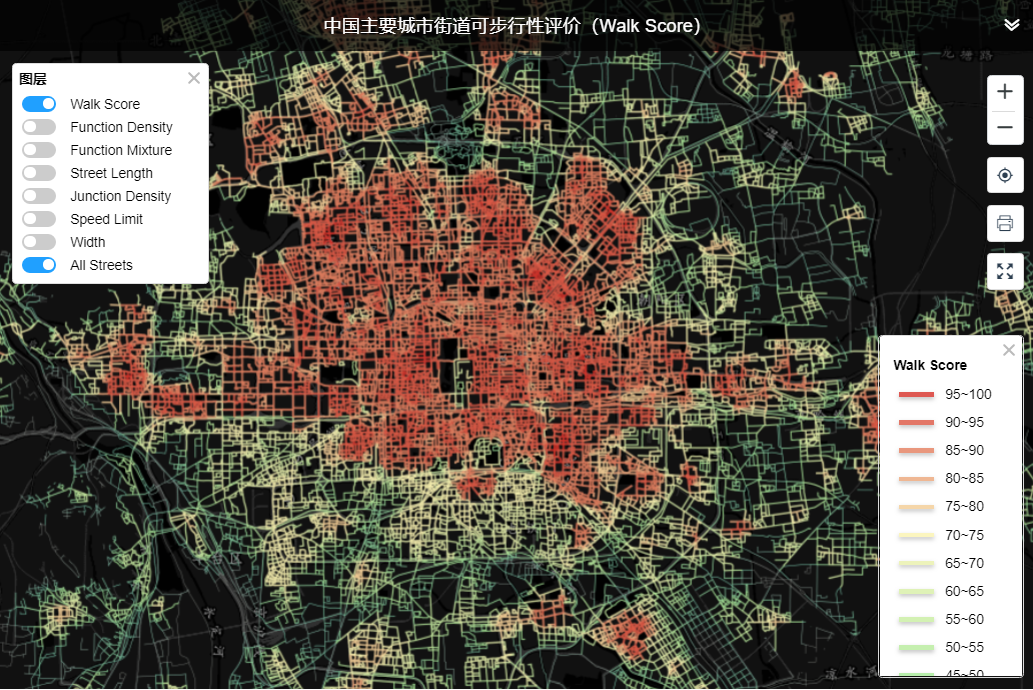
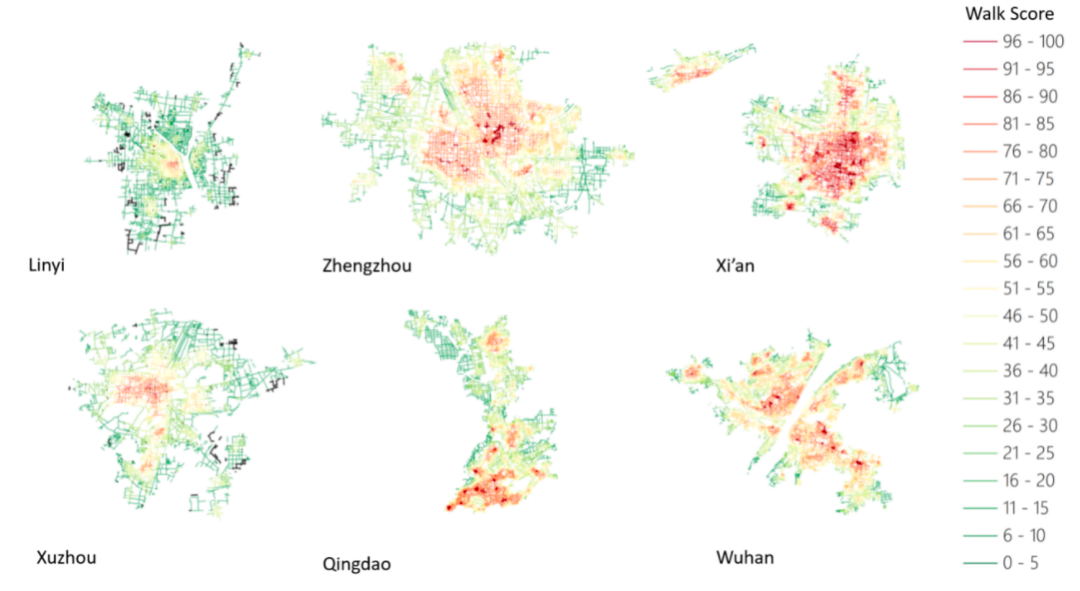
数据可视化可在我们的GeoHey门户网站上查看:
GeoHey门户网站:
https://legacy.geohey.com/portal/dataviz/7ee371d5e8db4ca89d5816306ecebcc5
PS:以下为【北京城市实验室 Walk Score 数据分享】内容,具体内容可进入网站下载查看。

【北京城市实验室Walk Score数据分享】网址:
https://www.beijingcitylab.com/data-released-1/?preview_sid=637002
当您在研究中使用我们的数据时,请引用以下论文:
龙瀛,赵健婷,李双金,周垠,许留记.中国主要城市街道步行指数的大规模测度[J].新建筑,2018(03):4-8.
更多BCL相关研究介绍
更多关于“街道步行指数” (Walk Score)的研究工作详见“街道城市主义” (Street Urbanism)项目:
https://www.beijingcitylab.com/projects-1/22-street-urbanism/
(复制至浏览器搜索或点击文末“阅读原文”查看)
BCL北京城市实验室“街道城市主义” (Street Urbanism)项目涵盖《中国城市步行友好性评价——步行设施改善状况研究 2021》、《中国城市步行友好性评价——城市活力中心的步行性研究》、《中国城市步行友好性评价——基于街道功能促进步行的研究》、《揭示网络活动的空间偏好:以中国成都为例》、《街道活力及其影响因素:以成都市为例》等研究内容。
中国城市步行友好性评价——步行设施改善状况研究 2021
Walkability for Main Chinese Cities 2021
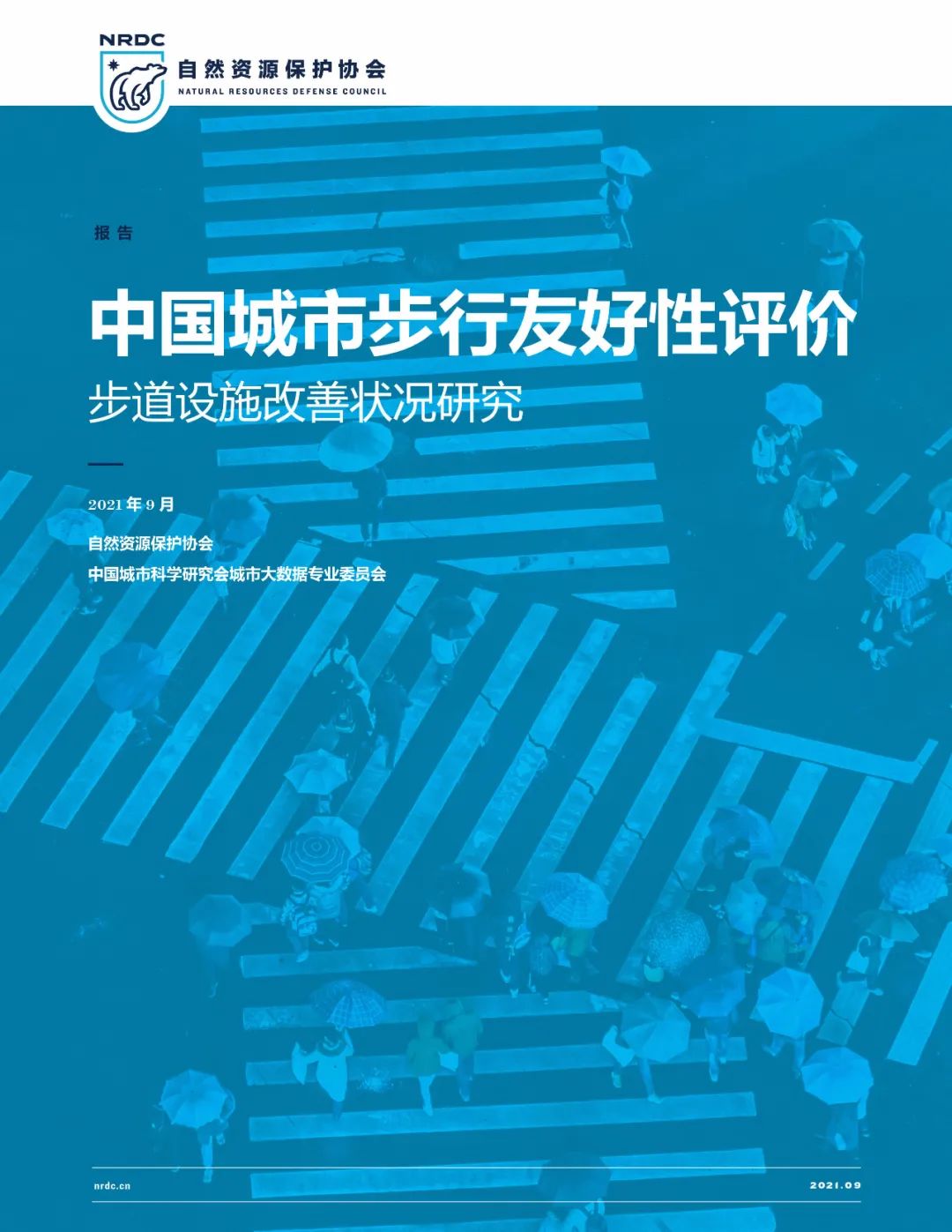
PS:以下为【北京城市实验室 Street Urbanism 单元】分享内容,具体内容可进入网站下载查看。

或关注自然资源保护协会(NRDC)官方网站(http://www.nrdc.cn/?cook=2)【资料查询】栏目>【报告】专题下载查看。
报告下载链接:
http://www.nrdc.cn/information/informationinfo?id=274&cook=2
(复制至浏览器搜索)
中国城市步行友好性评价——城市活力中心的步行性研究
Walkability for Live-Work-Play Centers in Main Chinese Cities 2019

PS:以下为【北京城市实验室 Street Urbanism 单元】分享内容,具体内容可进入网站下载查看。
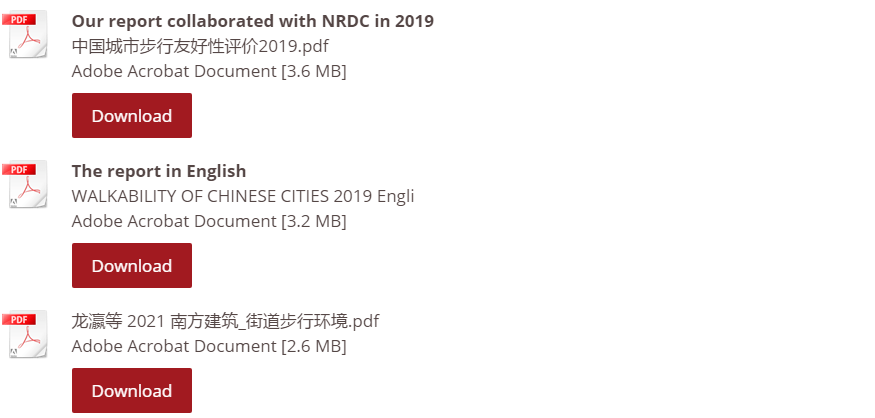
中国城市步行友好性评价——基于街道功能促进步行的研究
Walkability for Main Chinese Cities 2017
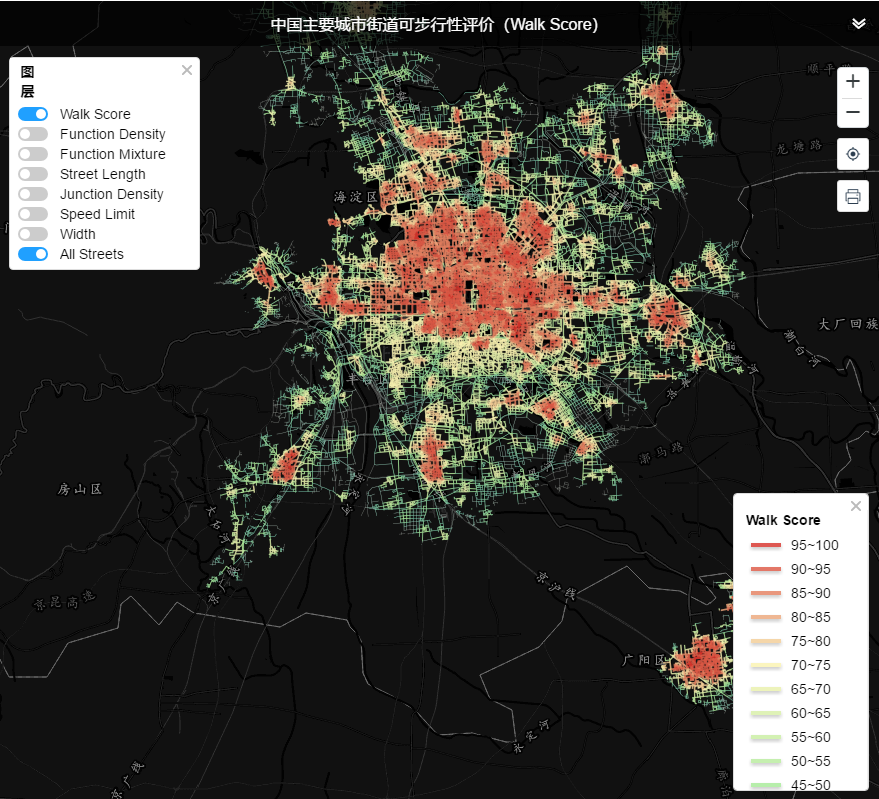
PS:以下为【北京城市实验室 Street Urbanism 单元】分享内容,具体内容可进入网站下载查看。
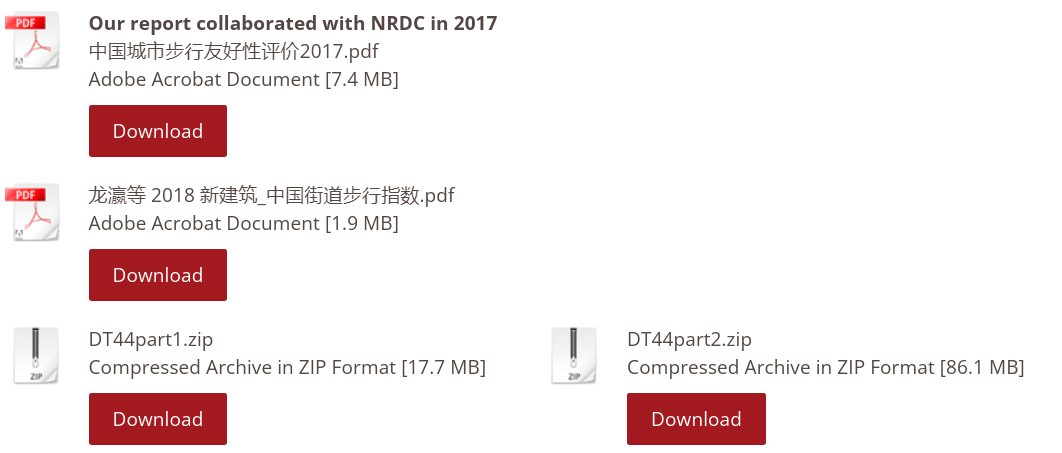
Key publications
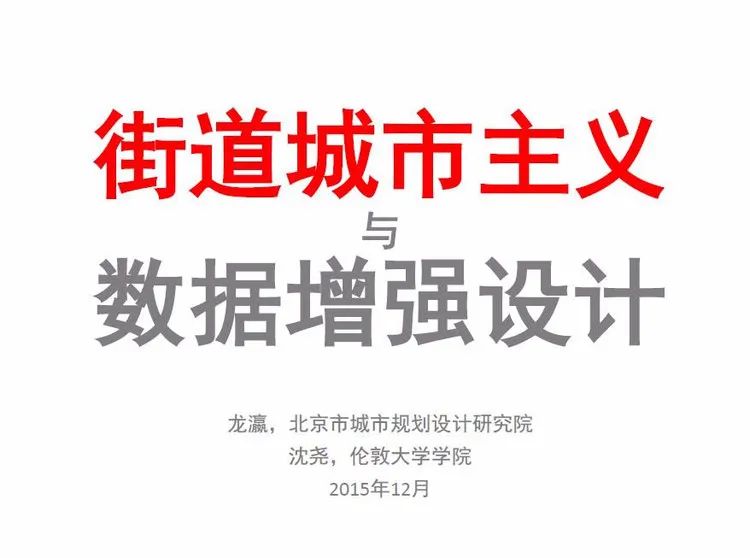
We are working on Street Urbanism which is supposed to be a bridge to connect urban studies with planning & design. In addition to the overall introduction online shared, I also attach several recent publications by our group.
PS:以下为【北京城市实验室 Street Urbanism 单元】分享内容,具体内容可进入网站下载查看。
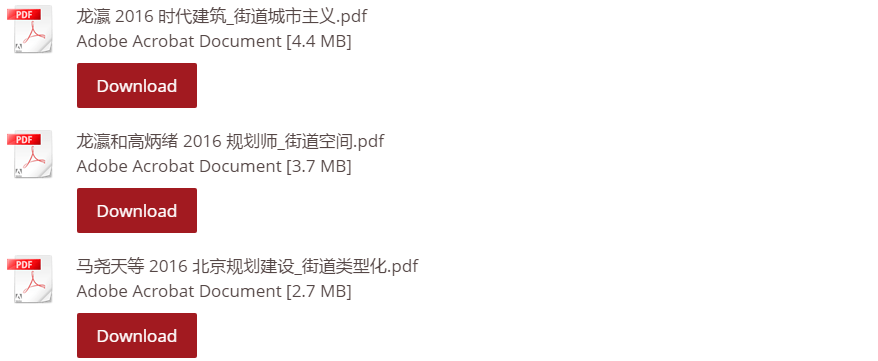
揭示网络活动的空间偏好:以中国成都为例
Revealing the Spatial Preferences Embedded in Online Activities: A Case Study of Chengdu, China
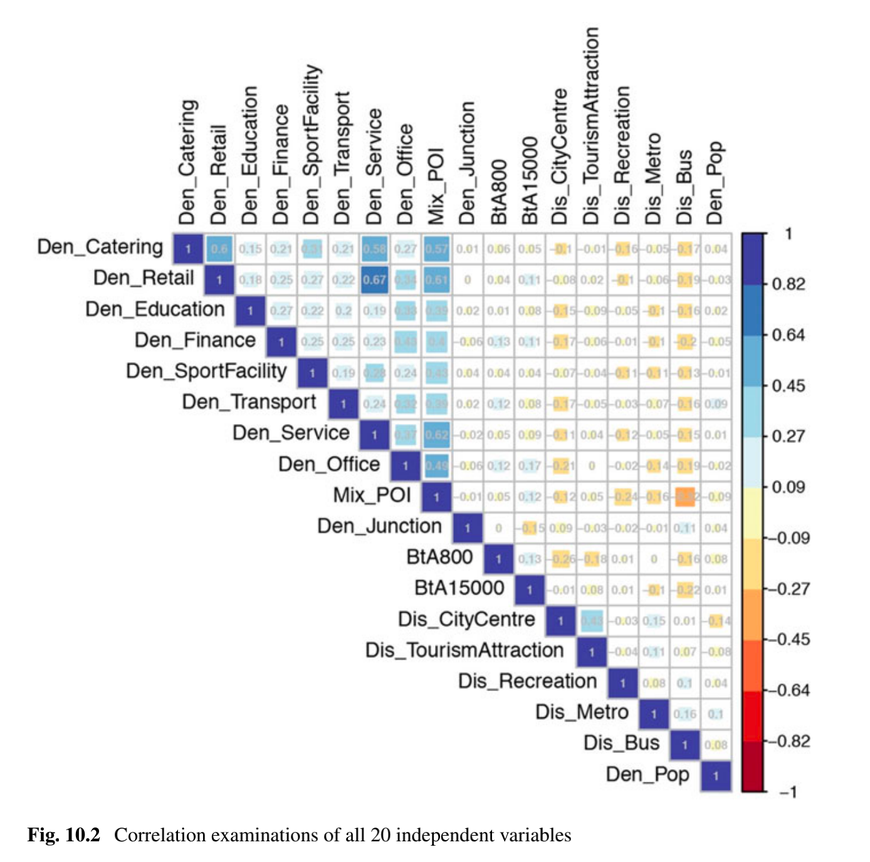
Online activities based on various social media applications are gradually becoming a vital social activity issue in the mobile Internet era. This study aims to reveal the spatial preferences embedded in this new type of urban life to better plan and design future cities. With two different types of social media data—online location tagging from Weibo and online reviews of POIs on Dianping—we conducted a quantitative analysis to explore the relationship between online activities and the built environment elements. The results suggested that online activities remain associated with urban entities, and the activity represented by Dianping reviews revealed more significant spatial preferences than that described by Weibo check-ins. The results also showed similarities and differences between spatial choices of those who engage in these two activities. These findings allow for an in-depth understanding of contemporary cities complexity and provide new opportunities for integrating cyberspace and city space.
PS:以下为【北京城市实验室 Street Urbanism 单元】分享内容,具体内容可进入网站下载查看。

街道活力及其影响因素:以成都市为例
Street vibrancy and its impact factors: A case study in Chengdu

Streets as traffic carrier and public space of a city, are playing increasingly important role in daily city life. We quantitatively explore the street vibrancy of Chengdu, while referring to the street urbanism proposed by Ying Long and Yao Shen in 2015. We first define the concepts of street, vibrancy and street urbanism, followed by developing the factors for quantitatively evaluating street vibrancy at the street level. These factors range from function density, function diversity, accessibility to metro stations, distance to city center and sub-centers, to street level and width. Linear regression has been adopted for identifying the impact of each factor on the street vibrancy, which is measured by population density derived from mobile phone traces. We specifically analyze the impact factors for public administration and service streets (Type A), commercial streets (Type B) and residential streets (Type C). As one of first studies on evaluating street vibrancy and its impact factors for the whole city, we expect this paper could shed light on the future urban studies.
PS:以下为【北京城市实验室 Street Urbanism 单元】分享内容,具体内容可进入网站下载查看。
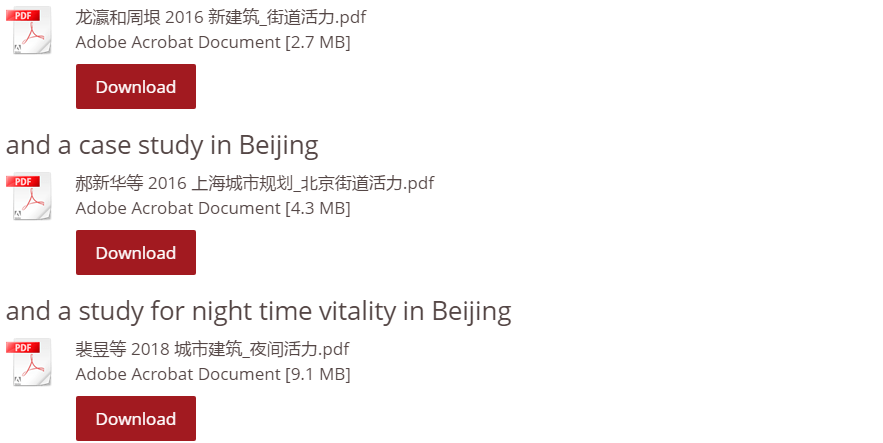
街道可步行性的大规模评估方法改进及在成都的实证应用
Large-scale Evaluation for Street Walkability
Methodological Improvements and the Empirical Application in Chengdu
The significant effect of walking on urban sustainability has attracted worldwide attention. More and more walkability evaluation studies have been conducted in recent years. In this paper, we revised the evaluation method for WalkScore via introducing street greenery and applied the revised method in Chengdu. The application results reveal that streets in residential areas are associated with greater WalkScore, in comparing with those in business areas. In addition, streets being closer to the city center, sub centers, subway stations and shopping centers have greater WalkScore values as well.
PS:以下为【北京城市实验室 Street Urbanism 单元】分享内容,具体内容可进入网站下载查看。

《上海城市规划》专辑:街道可步行性
A special issue on street walkability in Shanghai Planning Review


PS:以下为【北京城市实验室 Street Urbanism 单元】分享内容,具体内容可进入网站下载查看。


更多内容,请点击微信下方菜单即可查询。
请搜索微信号“Beijingcitylab”关注。

Email:BeijingCityLab@gmail.com
Emaillist: BCL@freelist.org
新浪微博:北京城市实验室BCL
微信号:beijingcitylab
网址: http://www.beijingcitylab.com
责任编辑:孟庆祥
原文始发于微信公众号(北京城市实验室BCL):数据分享|中国主要城市街道步行指数(Walk Score)
 规划问道
规划问道




